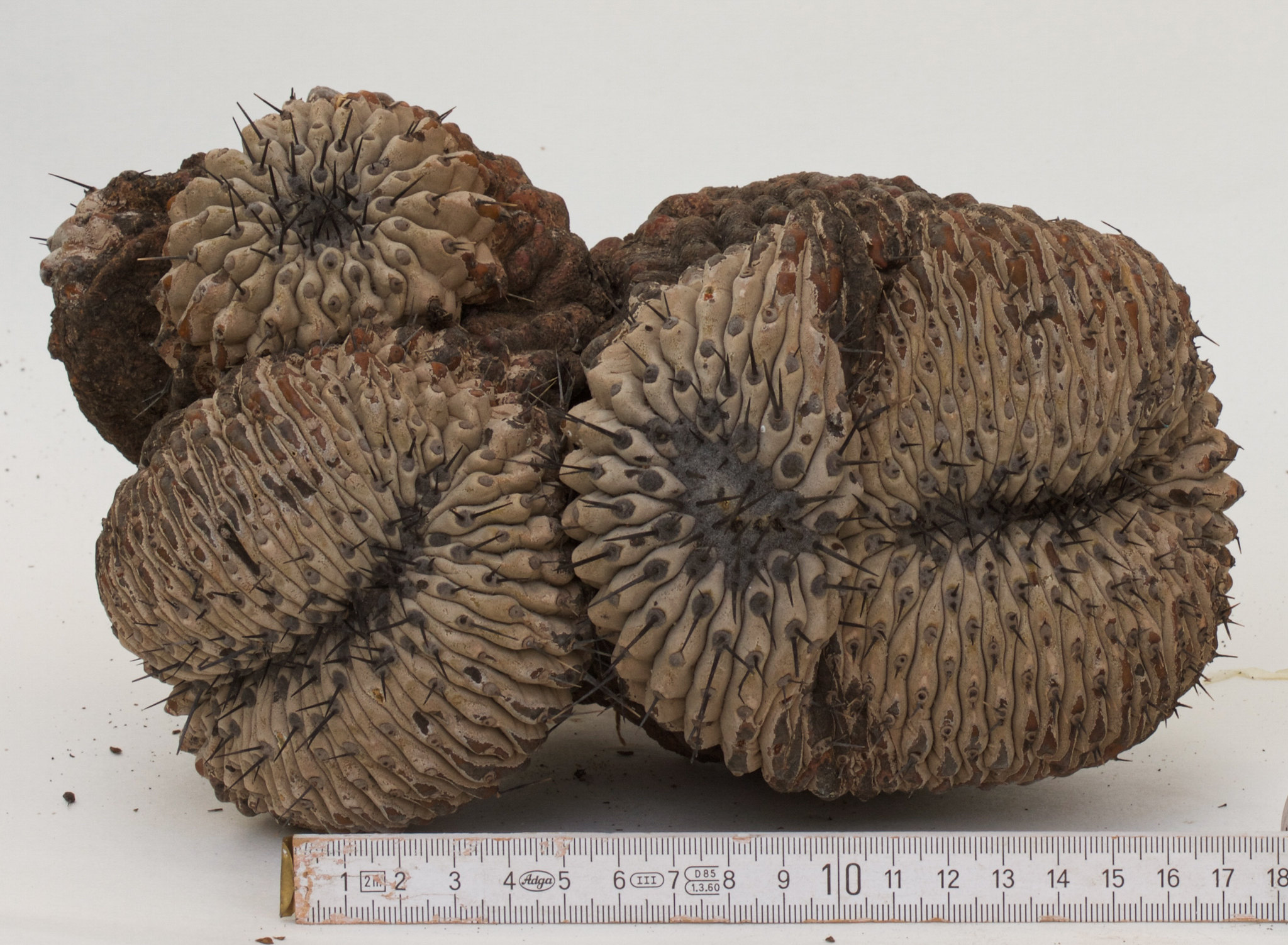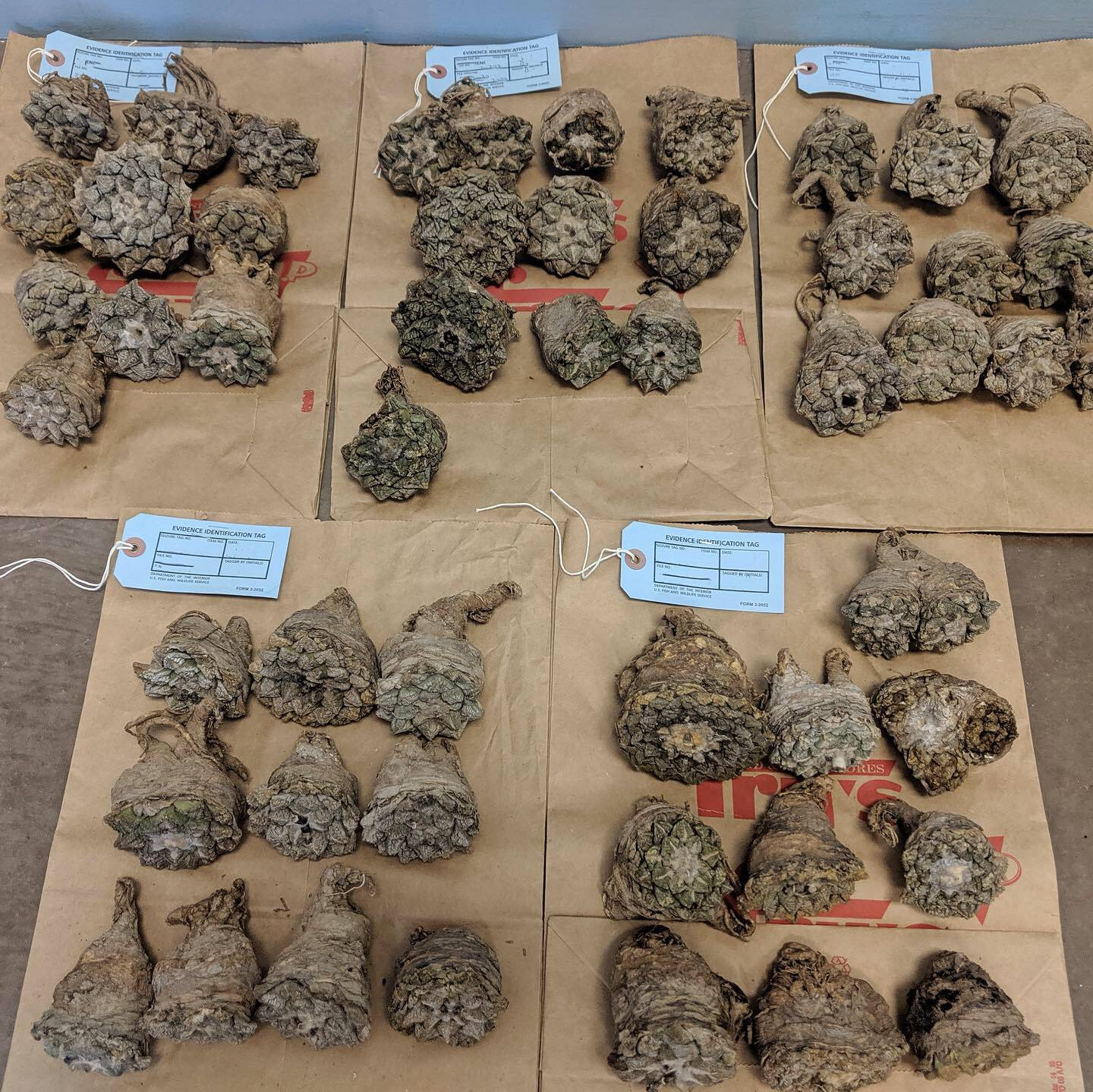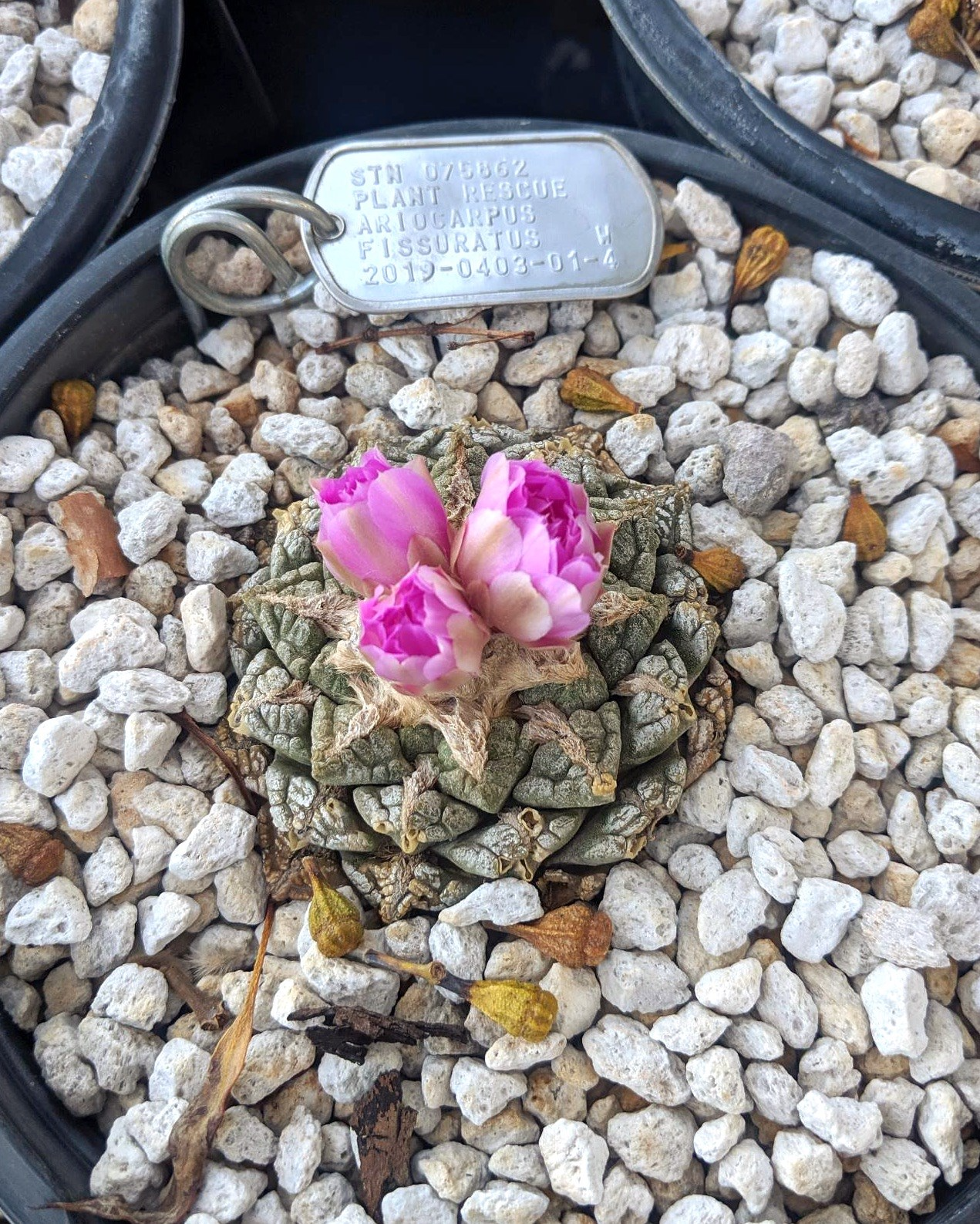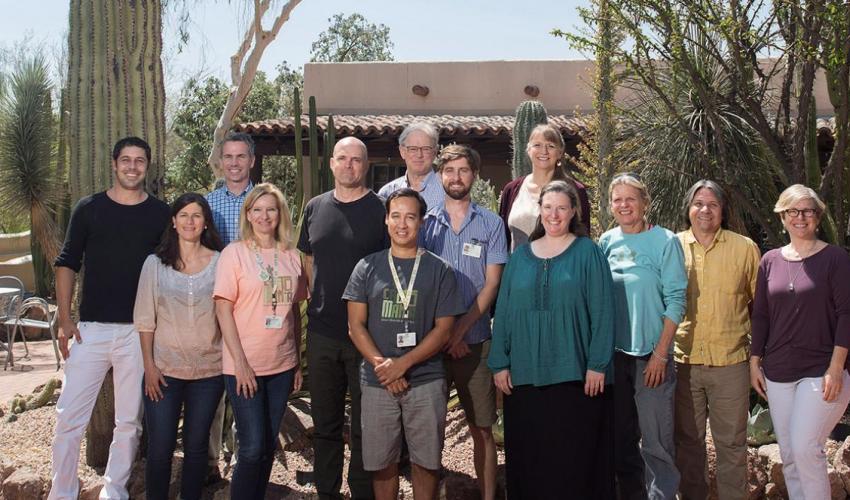A Specialist Group’s Home
When Jael Wolf was hired by the Desert Botanical Garden (DBG) to serve as the Programme Officer for the IUCN Cactus and Succulent Plants Specialist Group (CSSG), she needed to tell people she was moving to Arizona –to the desert. And the response was often dismay: “Why? There’s nothing in the desert!” She found this statement to be borne of ignorance as the desert soon proved to be “the most beautiful thing ever.”Working against disregard of the desert, DBG has been enlightening people since 1939, as they strive to protect and preserve the natural beauty of desert plants and their habitats, and to educate and inspire visitors. Focused on desert plants of the world, and highlighting the Sonoran Desert it calls home, it is no surprise that DBG cares for many cacti and other succulents. Over 1400 different species, subspecies, and varieties of cactus have a place at the garden!
Desert Botanical Garden was approached by IUCN (International Union for Conservation of Nature) in mid-2015 with a proposal that DBG serve as the CSSG host institution.An MOU between DBG and IUCN was signed in October of that year. As kick off to the new partnership, DBG hosted a CSSG workshop that brought IUCN officers, DBG staff, and other experts together to identify priority goals to focus on. Included in these goals is creation of an authoritative list of cactus names, global assessment of risks to all species of agaves and yuccas, and more. It was a productive start to an important relationship.
DBG’s impressive cacti and succulent group collection is not the only reason that the garden was selected to be the host institution of the CSSG. Staff of DBG’s Research, Conservation, and Collections department collaborates with academic, research and conservation groups across seven countries and four continents. Their work leads to discovery of new plant species, conservation of threatened and endangered species, and identification of emerging threats –such as climate change–to existing species and the desert habitats they thrive in. DBG is dedicated to educating visitors on desert plants, sharing their beauty, and discussing threats to their survival. In serving as a U.S. Plant Rescue Center, they receive and care for cacti when poachers are caught trafficking them across the U.S. border. In short, the DBG and the CSSG share common goals to promote conservation of cactus and succulent plants across the globe.


The DBG and CSSG also share a dedication to not just diversity of plants, but diversity of people. Focused efforts are ongoing to increase the size and diversity of the CSSG membership. In 2019, the CSSG recruited 20 new experts, increasing the number of members from 18 to 38. Importantly, these additions expanded the number of countries represented, bringing in members from Cuba, El Salvador, Madagascar, Venezuela and other locations home to species the group studies and protects. In the past, much of the taxonomical and ecological expertise was provided by scientists and members from North America and Mexico. Increased geographical diversity of CSSG members adds valuable and unique expertise of in-country scientists.
The SG has also increased female participation–26% of current members are now women–and recruited younger members to start building the institutional knowledge base of the specialist group’s work across generations. In addition, members with different types of expertise were sought, adding knowledge of certain taxa (such as agave), policy, and invasive species. In expanding the membership, the CSSG expands its knowledge.
The specialist group has made progress on many other fronts. One of the major goals and undertakings has been an assessment of the risks facing the cactus family (Cactaceae) as part of the Global Cactus Assessment. Completed in late 2015, the effort revealed the cactus family to be the IUCN Red List’s fifth most threatened group of living things on the planet. Of the 1,478 cactus species assessed, 31% were classified as threatened. These sobering results highlight the importance of assessments to increase understanding of existing issues and spur action. To increase the SG’s capacity to conduct Red List assessments, six CSSG members–including Jael, who helps coordinate the experts–have recently been trained in the IUCN Red List assessment process.
Red List assessments are conducted within a rigorous framework that provides credibility. Red List data can support efforts to include species protection in legislation. The SG works to improve legislation to protect threatened succulent as well as cactus species, by strengthening trade controls. Although wildlife trafficking is a major threat to many of these species, plant trafficking isn’t always given attention. Education–of colleagues, the public, industry, policymakers, and others on the importance and value of succulents, and on how we should conserve and use such species sustainably–is a vital CSSG goal. Social media is one of the key tools used to address this need, and CSSG has also endorsed relevant events and workshops.

Awareness and appreciation are key. Not only are deserts not empty, but the plants that grow there are quite special. For Jael, her time in the desert has enabled her to appreciate not just the beauty of cacti, but the fact that their low density makes each individual plant highly valuable to its ecosystem. She shares the wonder of cacti and succulents on the CSSG’s social media page, often drawing on the impressive collection of the group’s home institution –another beautiful way that the Desert Botanical Garden is serving CSSG.


Copiapoa Cacti
One focus of the Cactus and Succulent Plants Specialist Group has been Copiapoa, a genus of cacti found in dry coastal deserts–most notably, the Altacama Desert of Northern Chile, home to 22 endemic Copiopoa. Ambitiously, the group is working on its first conservation action plan for a complete genus of cacti. Initial plans for a 3-day workshop inChile have undergone a pandemic update, and the event is now set to take place virtually. The workshop will focus on understanding the current conservation status of the genus, threats faced, and conservation needs, so that the group can create their 10-year conservation action plan. The Copiapoa were also the subject of an important outreach event in Italy in 2020–a photographic exhibition at La Festa del Cactus, a major commercial event specializing in succulents. The exhibit, “Copiapoa: Patriarchs of the Andes,”targeted thousands of succulent enthusiasts visiting the event from all over Europe, to raise awareness on how their consumer behavior can fuel illegal poaching and smuggling markets, which are driving many of the species in this genus to extinction. Andrea Cattabriga, a specialist group member in the nursery industry, organized the event. The beautiful photos were chosen to demonstrate the importance of the cacti to their desert ecosystem –their home.